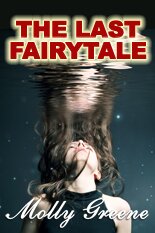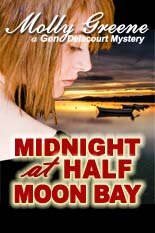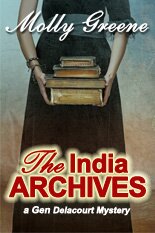I’m a novice self-publishing author, tackling something new almost every day. It’s a tough road, and one I share with many writers traveling a similar path. The tasks that fall to us – writing, editing, working with cover artists, researching ebook formatting and print edition options, creating websites, blogging, tweeting, posting on social media – can be overwhelming. The flip side is the satisfaction that accompanies every little success. For me, the most unexpected and rewarding benefit so far has been the sheer generosity of those a little farther along the road.
![]() I’ve met a slew of fellow writers on Twitter and bonded with many. Some have shared tips about what they’ve learned that works, and what to avoid. Others have given helpful info acquired along the way. Christine Nolfi is one of these generous, supportive friends. I’d like to share a trick she passed on that has completely changed the way I edit my work.
I’ve met a slew of fellow writers on Twitter and bonded with many. Some have shared tips about what they’ve learned that works, and what to avoid. Others have given helpful info acquired along the way. Christine Nolfi is one of these generous, supportive friends. I’d like to share a trick she passed on that has completely changed the way I edit my work.
Christine’s tip actually made me dash off emails to beta-readers – “don’t start Mark of the Loon!” I followed her suggestion to create a “key line” version of my WIP and found a gazillion run-on sentences. It was like reading a whole new novel (accccck!). I spent days re-working almost every section of narrative in the book. File this amazing tool under Tricks My Girlfriends Taught Me:
How to create a simple “paperback” version of your novel in Word
A key-line layout creates a paperback version of your novel. The end result is a landscape, two-column format. It’s an alternate way to review your manuscript that provides a fresh perspective after months (years?) reading in the traditional, vertical format. Here’s how – in Word:
• Set page to landscape (go to File > Page Set-up > Paper: size/letter, width 11” & length 8.5” > Click Okay)
• Create 2 columns (go to Format > Columns > Click Two > Click Okay
• Set document to single space
 Christine Nolfi: “When I owned a big house in Ohio, I hosted slumber parties for Northeast Ohio writers. A few would drive in from Pennsylvania. It was a wonderful experience, with 10-12 women novelists usually spending the night. We’d critique each other, stay up until dawn discussing the industry, editors, agents, etc. Successful Berkley novelist Erin McCarthy mentioned this landscape trick during one overnight. She publishes 2 books a year without fail, and we’d all been wondering how she did it. Her secret: the landscape trick.
Christine Nolfi: “When I owned a big house in Ohio, I hosted slumber parties for Northeast Ohio writers. A few would drive in from Pennsylvania. It was a wonderful experience, with 10-12 women novelists usually spending the night. We’d critique each other, stay up until dawn discussing the industry, editors, agents, etc. Successful Berkley novelist Erin McCarthy mentioned this landscape trick during one overnight. She publishes 2 books a year without fail, and we’d all been wondering how she did it. Her secret: the landscape trick.
I’ve used it ever since. I key-line every novel I write (twice, actually) and find many errors that way, as well as areas that need deepening. You’ll also find an abundance of typos that skip past beta readers. The fact is, if you write in a compelling fashion, even your critique partners will get caught up in the story and turn off the internal editor. Also keep in mind you’ll need at least two days between completing a novel and beginning that final line edit. You must give your brain time to rest. And the final edit requires days of work. It’s impossible to do adequately in one push.”
Note from Molly: Check out my novels on Amazon, join my Reader’s Club for freebies and book news, and follow me on Twitter. This original content is copyright protected. Thank you so much!











Comments are closed.